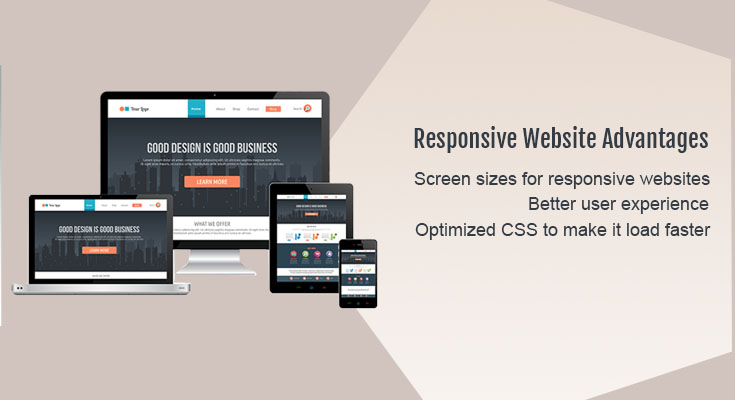Using responsive websites has several advantages that will help you reach your goals faster for any business ranging from the bus accident attorney is Reno to the supermarket owner. You will have a better user experience, optimized CSS, and improved search engine results.
Screen sizes for responsive websites
Depending on the type of user that is visiting your website, you will need to consider different screen sizes. This will help you design the best website for a variety of devices. Whether it is a desktop, tablet, or mobile, it is important to design the layout of your site so it will work well on all devices.
In addition to the width of your website, it is also important to consider the resolution of the screen. For desktops, a 1280×720 resolution is the minimal size. However, many people use mobile devices to surf the web. They often want more data on their screens.
For example, an iPhone 8 screen resolution is 375px. It is important to note that small screens have a higher friction, which means they are more likely to distort and scramble.
The web accessibility initiative recommends that text blocks be split into columns. This will ensure that users can read your content without a lot of scrolling. Also, consider a maximum line length of 80 characters.
Better user experience
Having a responsive website is a great way to make your site more accessible for your users. A responsive design will automatically resize and adjust your content to the screen size of the device you’re using. It also provides a more consistent user experience across platforms.
While responsive design is a great tool, it’s not a one-size-fits-all solution. This is because the mobile user experience is not equivalent to the desktop user. This is why it’s important to consider how your site will function on different devices.
One of the most important aspects of responsive design is content prioritization. It’s important to make sure your elements fit in the right place on the screen and are not hidden from view. This is especially true when you’re designing for a smaller screen. It’s also important to make sure that you’re not wasting resources on elements that are not necessary.
The most efficient way to achieve this is to use a program that can compress the page’s resources. This can reduce the number of bytes sent to each page and will make your site load faster.
Optimized CSS to make it load faster
Using CSS is one of the best ways to create a responsive website. CSS makes HTML content dynamic, which helps to improve the user experience of a website. It can also affect the speed of a website. When CSS is improperly loaded, it can have a negative impact on the website’s performance. This can impact conversions and affect the user experience. Here are a few tips to help optimize CSS.
When designing a website, you should be aware of which CSS files are the largest. The size of the files has a significant impact on your website’s performance. Using tools, you can reduce the size of your CSS files automatically. Using gzip can reduce your CSS file size by up to 60%.
Inline CSS is a technique that lets your CSS file be loaded directly in your site’s HTML. The benefit of inlining CSS is that it speeds up your website’s processing time. It also helps to reduce the number of HTTP requests your website needs to make.





